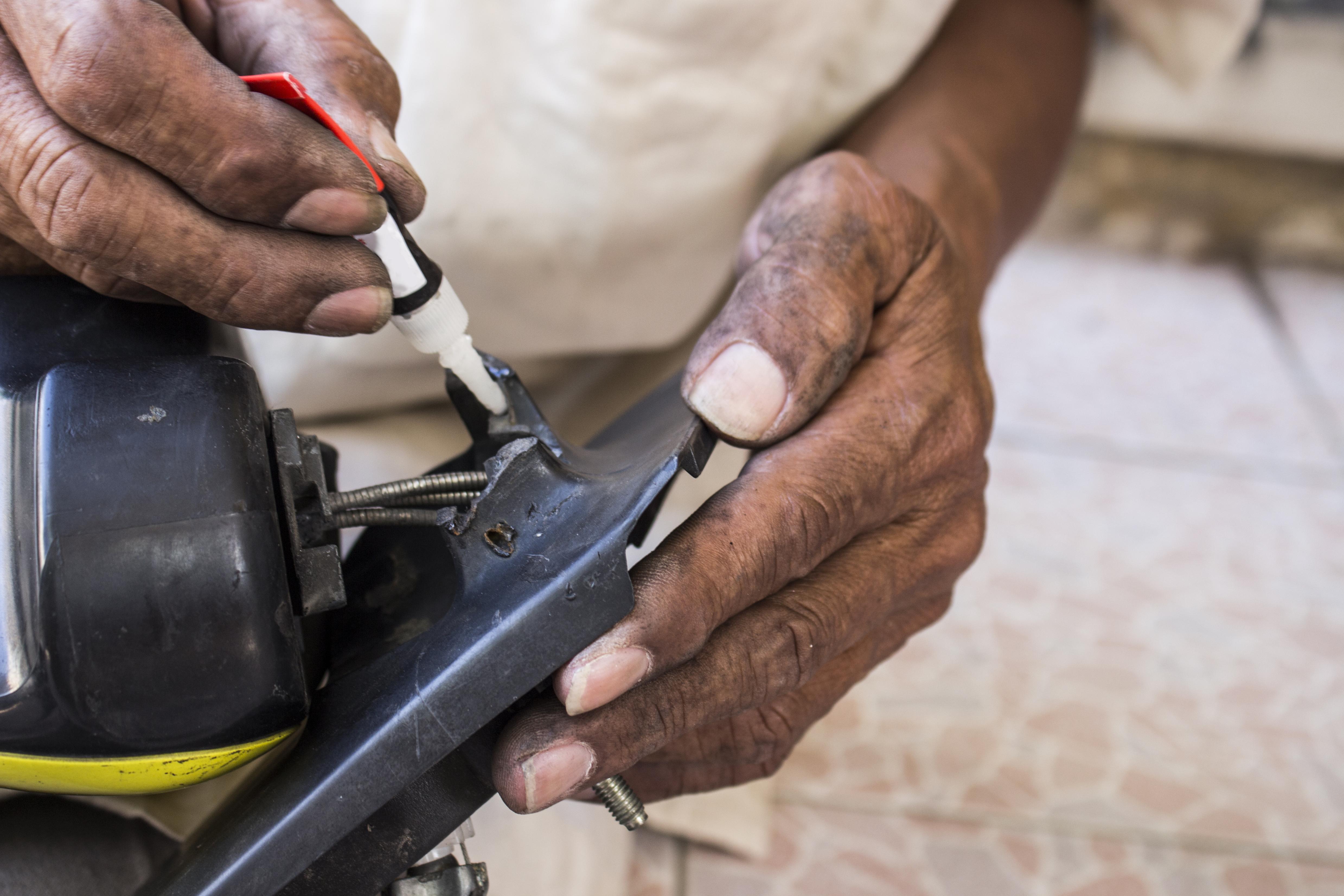Super glue, originally discovered during World War II by Dr. Harry Coover, was an accidental byproduct of a quest to create clear plastic gun sights for the U.S. military. Initially deemed too sticky for practical use, it was rediscovered over a decade later and patented in 1956. Super glue became a lifesaver during the Vietnam War, where it was used by medics to quickly seal wounds, and a derivative was later approved for civilian medical use.
Key Points
- Discovery During World War II: Dr. Harry Wesley Coover accidentally created super glue, or cyanoacrylate, while working on clear plastic gun sights for the military.
- Initial Abandonment and Rediscovery: The compound was initially abandoned due to its excessive stickiness but was rediscovered by Coover in the 1950s while researching heat-resistant polymers.
- Commercialization and Patent: In 1956, super glue was patented and repackaged for commercial sale, originally known as “Eastman 910” before becoming widely known as super glue.
- Life-Saving Use in Vietnam War: During the Vietnam War, medics used super glue to quickly seal wounds on the battlefield, significantly reducing the risk of soldiers bleeding out.
- Approval for Medical Use: A derivative of cyanoacrylate was later approved by the FDA as a liquid bandage, marketed under names like Dermabond and Traumaseal, for civilian medical applications.






